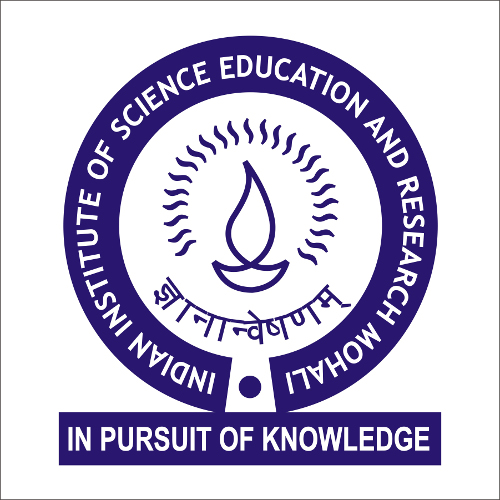Forthcoming Events
Leveraging advance biophysical tools as a powerful strategy in modern research for tackling complex biochemical problems
Dr. Rohit Kumar Singh, Postdoctoral fellow, Department of Pharmacology University of Colorado
Location : Online
Abstract: During my research endeavors, I have employed several varied biophysical techniques to tackle problems ranging from simple structural analysis to advanced applications, such as photocaging of DNA. Previously, S-Adenosyl-L-methionine (SAM/AdoMet) analogs, in combination with methyl transferases (MTases) have been shown to block and release MTase target sites; however, enzymatic generation was limited to aliphatic groups at the sulfur atom. We engineered a SAM synthetase from Cryptosporidium hominis (PC-ChMAT) for efficient generation of AdoMet analogs with photocaging groups that are not accepted by any WT MAT reported to date. The crystal structure of PC-ChMAT at 1.87 Å revealed the accommodation of the photocaged AdoMet analog and engineering of a thermostable MAT from Methanocaldococcus jannaschii. PC-MATs were compatible with DNA- and RNA-MTases, enabling sequence-specific modification (“writing”) of plasmid DNA and light-triggered removal (“erasing”). This is an orthogonal trigger and provides exquisite spatiotemporal control. This work is an important step for the implementation of in situ generated AdoMet analogs in epigenetic studies.
Giving the work on epigenetic regulation a new direction, we studied chromatin biology of gene transcription. It was known that the assembly and function of the TFIID complex requires specific contacts between its Taf14 and Taf2 subunits; however, the mechanism underlying these contacts was elusive. We determined the molecular and structural basis of YEATS and ET domains of Taf14 bind to the C-terminal tail of Taf2 and identified a unique DNA-binding activity of the linker region connecting these two domains. We show that in the absence of ligands, the linker region of Taf14 is occluded by the surrounding domains, auto inhibiting the DNA binding function of Taf14. Binding of Taf2 brings about a conformational rearrangement in Taf14, resulting in the release of the linker for engagement with DNA and the nucleosome. Genetic in vivo data indicate that the association of Taf14 with both Taf2 and DNA is essential for transcriptional regulation. Thus, our findings provide a basis for deciphering the role of individual TFIID subunits in mediating gene transcription.
My future plans are to continue my endeavors to decipher mechanistic aspects of enzyme activity, exploring the structural basis of functional relationships. In this regard, my work will be focused on communicable diseases and elucidating the complex structural-functional relationships of enzymes involved in the Kennedy pathway, which are yet to be explored. Furthermore, the aim of research would be to facilitate the development of new drugs based on these structural and functional analyses. Additionally, my passion is to impart the knowledge that I have accumulated during my academic training and the essence of my teaching philosophy is that science should be taught as science is practiced.
Meeting ID: 961 7591 1496
Passcode: 697052
Giving the work on epigenetic regulation a new direction, we studied chromatin biology of gene transcription. It was known that the assembly and function of the TFIID complex requires specific contacts between its Taf14 and Taf2 subunits; however, the mechanism underlying these contacts was elusive. We determined the molecular and structural basis of YEATS and ET domains of Taf14 bind to the C-terminal tail of Taf2 and identified a unique DNA-binding activity of the linker region connecting these two domains. We show that in the absence of ligands, the linker region of Taf14 is occluded by the surrounding domains, auto inhibiting the DNA binding function of Taf14. Binding of Taf2 brings about a conformational rearrangement in Taf14, resulting in the release of the linker for engagement with DNA and the nucleosome. Genetic in vivo data indicate that the association of Taf14 with both Taf2 and DNA is essential for transcriptional regulation. Thus, our findings provide a basis for deciphering the role of individual TFIID subunits in mediating gene transcription.
My future plans are to continue my endeavors to decipher mechanistic aspects of enzyme activity, exploring the structural basis of functional relationships. In this regard, my work will be focused on communicable diseases and elucidating the complex structural-functional relationships of enzymes involved in the Kennedy pathway, which are yet to be explored. Furthermore, the aim of research would be to facilitate the development of new drugs based on these structural and functional analyses. Additionally, my passion is to impart the knowledge that I have accumulated during my academic training and the essence of my teaching philosophy is that science should be taught as science is practiced.
Meeting ID: 961 7591 1496
Passcode: 697052

